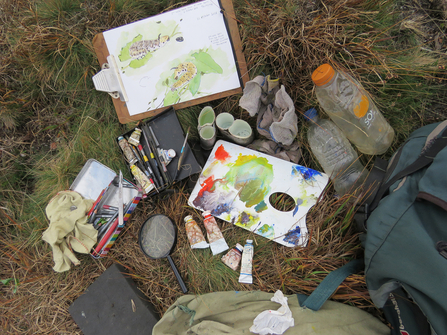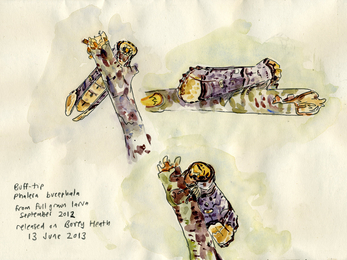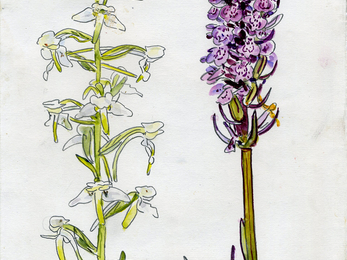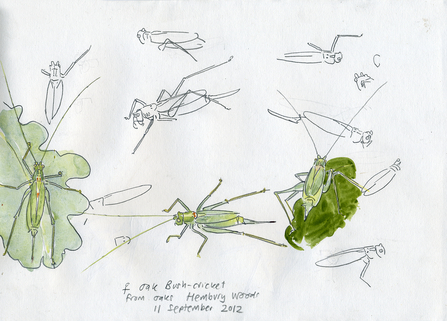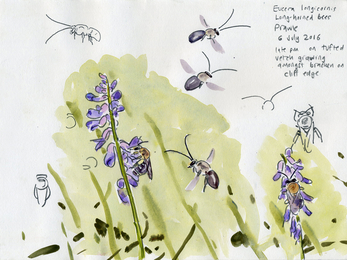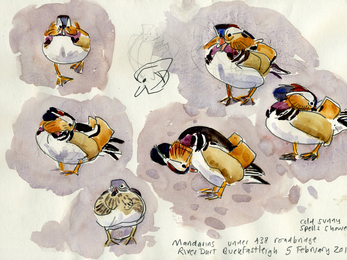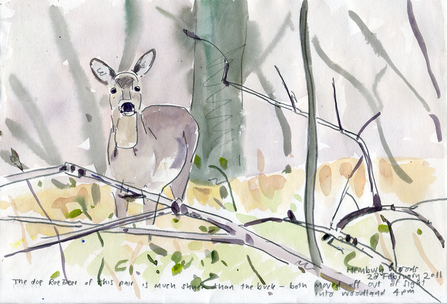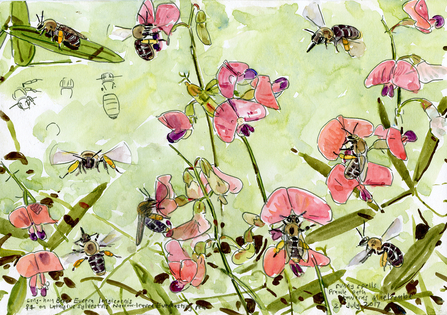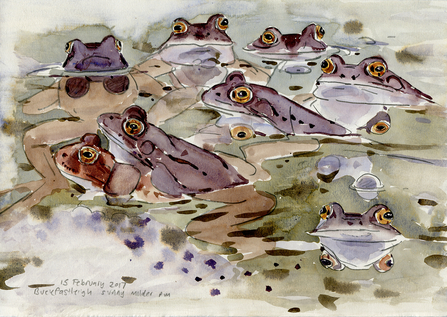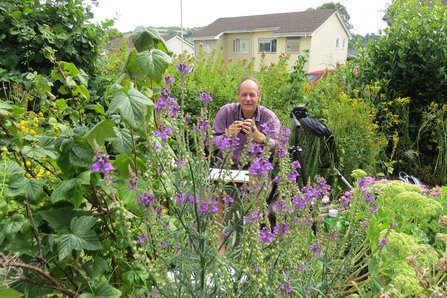
I’ve loved wildlife for as long as I can remember. I began drawing the butterflies, moths and caterpillars that I found when I was growing up in Hampshire, and those sketches became my first nature diaries. Today I am still drawing, painting and learning about the wildlife around me.
There’s no better way to learn about wildlife than by putting notes, sketches and photographs in a scrapbook. Over the years you will build up your own collection to look back on!


